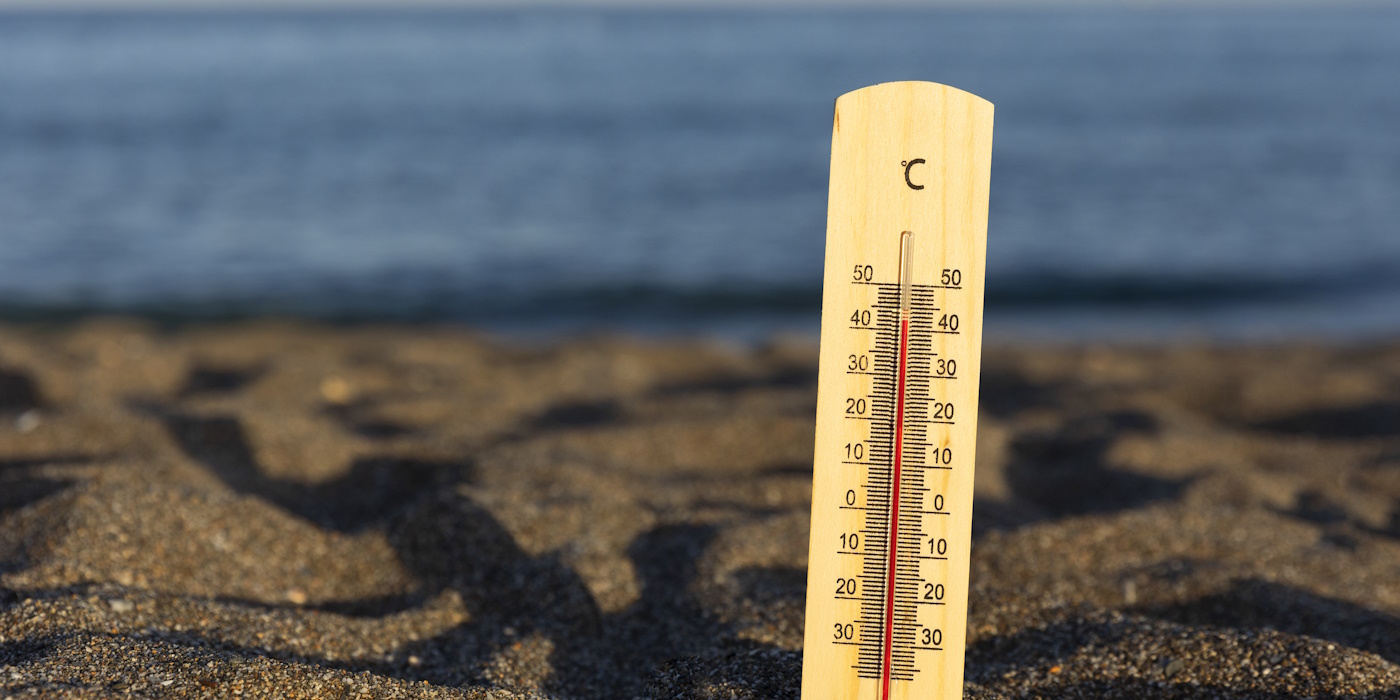
Sunstroke, also known as heatstroke, is a serious condition that can result from prolonged exposure to the sun and high temperatures. If not treated promptly, it can lead to severe complications. Especially during the summer months, we know that sunstroke (and the more severe form, heatstroke) is quite a common issue due to increased temperatures.
How can we protect ourselves from sunstroke and its symptoms?
Symptoms of Sunstroke
Sunstroke occurs when the body is unable to regulate its temperature and overheats. The main symptoms of sunstroke include:
- High body temperature: One of the most common signs is a body temperature exceeding 40°C (104°F).
- Red, hot, and dry skin: The skin becomes red and hot, without signs of sweat, despite the heat.
- Rapid heartbeat: The heart rate increases as the body tries to cool the blood.
- Headache: People may experience severe headaches and confusion.
- Dizziness and fainting: Overheating of the body can cause dizziness and loss of consciousness.
- Nausea and vomiting: Some people may feel nauseous and vomit.
- Muscle cramps: Dehydration and loss of electrolytes can lead to muscle cramps.
How Long Does Sunstroke Last?
The duration of sunstroke can vary depending on the severity of the condition and the immediate treatment the person receives. In general, recovery can take from a few hours to a few days. In mild cases, symptoms may subside within a few hours with proper care, such as cooling and hydration. In more severe cases, however, it may take several days for full recovery, and hospitalization may be necessary. Full recovery may also include rest and avoiding strenuous activity for a few days after the episode.
Who is Most Likely to Get Sunstroke?
Infants and children under the age of 4, as well as adults over 65, are at high risk and are more likely to experience sunstroke. Besides age, there are health conditions that can classify a person as high risk:
- Cardiovascular problems
- Obesity
- Extremely low weight
- High blood pressure
- Mental illnesses
- Alcoholism
- Sunburn
- Medications
How to Treat Sunstroke
If you suspect that someone has sunstroke, follow these steps to address the situation:
- Move the person to a shaded area: Remove the person from the sun and place them in a cool, shaded area.
- Cool the person’s body: Use cold compresses, wet cloths, or even cold water to cool the person’s body.
- Give fluids: If the person is able to swallow, give them cold water or electrolytes to replenish fluids and electrolytes.
- Seek medical help: Sunstroke is a medical emergency. Call the medical center immediately for instructions and assistance.
How to Prevent Sunstroke
Preventing sunstroke is better than treating it. Follow these tips to prevent sunstroke:
- Wear sunscreen: Use sunscreen with a high SPF to protect your skin from harmful UV rays.
- Drink plenty of fluids: Consume plenty of water and sports drinks to keep your body hydrated.
- Wear light clothing: Opt for light, light-colored clothing that allows your skin to breathe.
- Avoid sun exposure: Try to avoid prolonged sun exposure during the peak hours of intense radiation, typically from 10 a.m. to 4 p.m.
- Seek shade: When outdoors, prefer to sit under trees, umbrellas, or other shaded areas.
- Adjust your activity schedule: Reschedule outdoor activities on days with extremely high temperatures.
Conclusion
Sunstroke is a serious condition, but with proper prevention and immediate treatment, we can protect ourselves and our loved ones from its dangerous consequences. Make sure to follow the above tips and be cautious during the hot summer months.





